Fordham Student Film Festival 2020
Student films made in Visual Arts classes Film Video I, Film Video II and Film Video Post Production. Some films deal with our current situation, others take us to imaginary worlds.
Student films made in Visual Arts classes Film Video I, Film Video II and Film Video Post Production. Some films deal with our current situation, others take us to imaginary worlds.
Call for Submissions
Journal of the Plague Year: An Archive of CoVid19
The Visual Arts Program has initiated a partnership between Fordham University and Arizona State University (as well as other schools across the country) to contribute to a remarkable public archive of materials related to how the CoVid19 pandemic is affecting our lives on a local level. You can submit images, text, videos, tweets, Facebook posts, Instagram or Snapchat memes, screenshots of the news, emails — anything that speaks to the moment. Here is a link to a fuller description of the project. Here is a link to the archive’s submissions page.
In the “Your name, as the contributor” field, add Fordham University after your name. This will allow us to search for your submission on the back end of the website and publish it more quickly. At some point in the not-too-distant future, there will be a Fordham Featured Collection that contains all Fordham submissions in one place.
In the “Description” field, add #FordhamUniversity.
Important: At the end of the form, check “Publish my contribution on the web.” If you don’t check this box, your submission will remain private and not appear on the website.
To see what other Fordham students have submitted so far, search “Fordham University” in the search bar at the top of the home page. Please contact Artist in Residence Casey Ruble at caseyruble@gmail.com if you have any questions or need help making your submission.
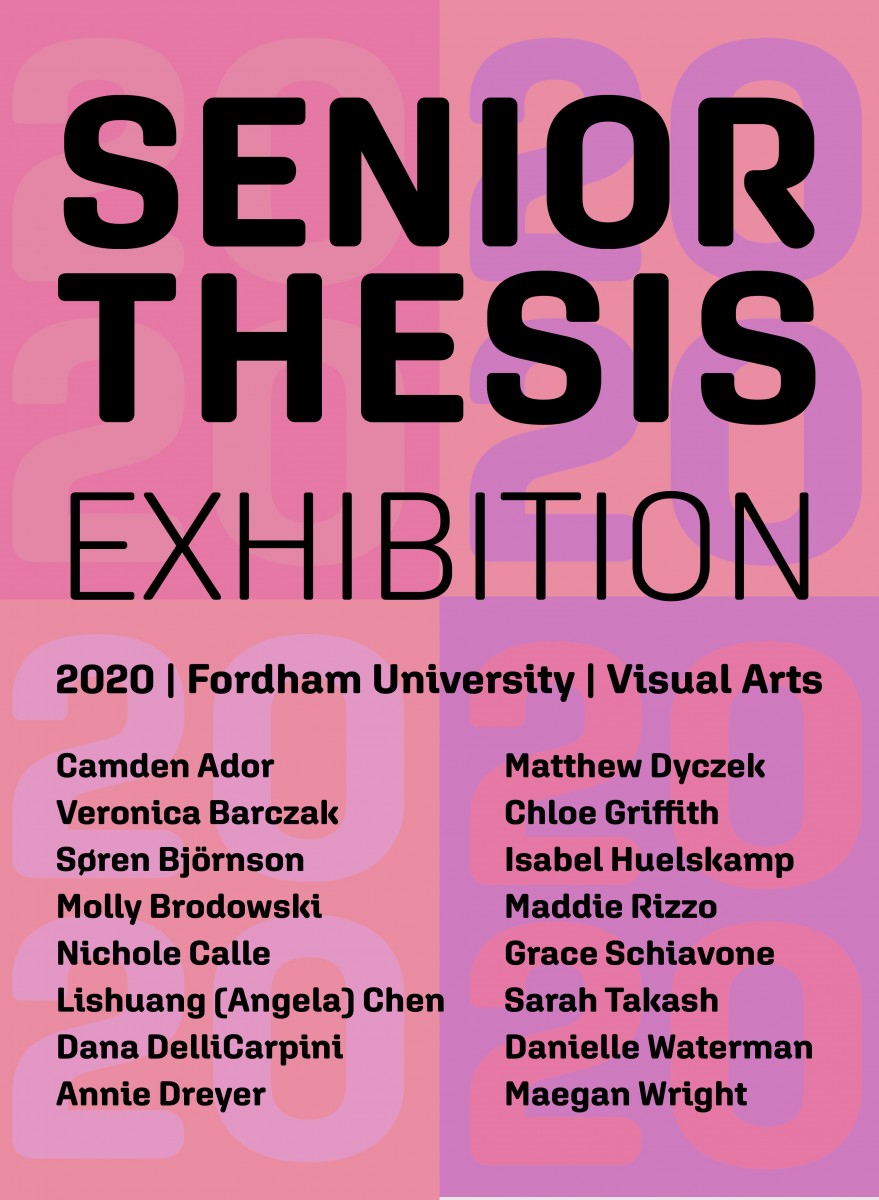
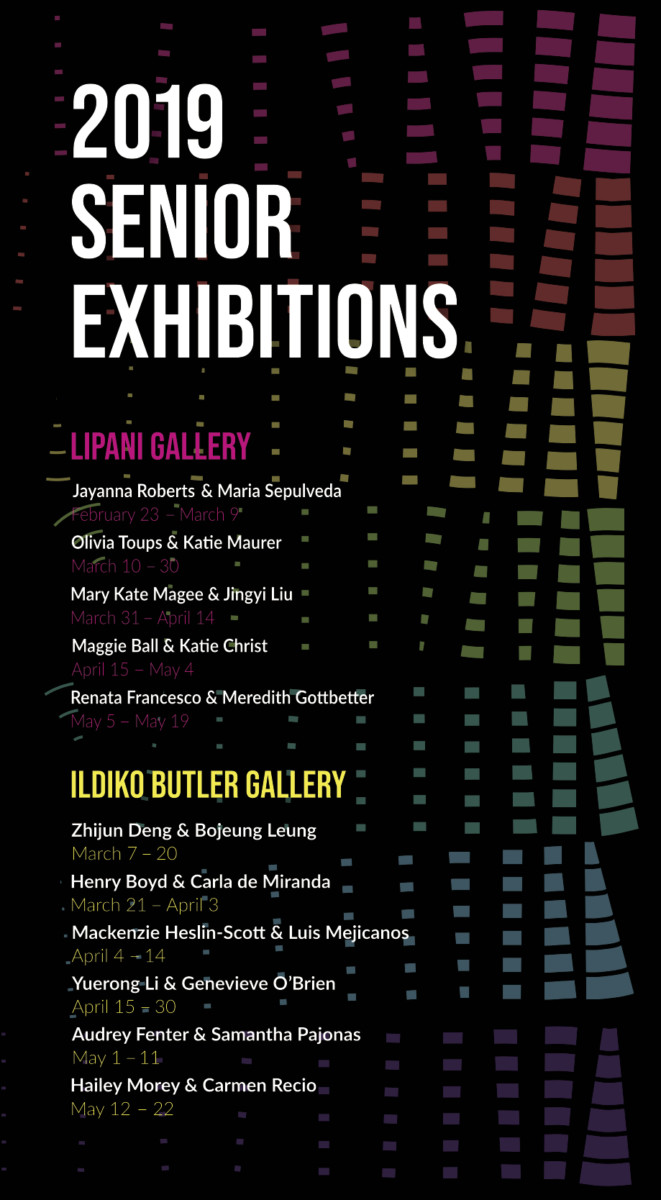
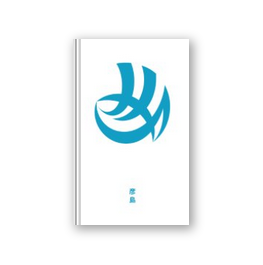
by Stephan Apicella-Hitchcock
The images in this book are selected from a body of work made in the south of Japan over the past ten years. I first started photographing on the small island of Hikoshima in the city of Shimonoseki during visits to see my wife’s family. I wanted to walk where she had walked, gradually discovering a sense of place through observation. After my son was born I continued my walks; however, with him strapped to my chest, my camera in one hand, and a baby bottle in the other. My son and I now walk the island together and he often points out things to me that he thinks would make interesting images, in addition to making his own images with a point-and-shoot camera. It is enormous fun, as well as a means for him to connect to the place in which he was born.
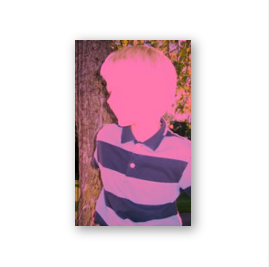
by Anibal Pella-Woo
“History always constitutes the relation between a present and its past”
John Berger, “Ways Of Seeing”
“An individual is no match for history.”
Robert Bolaño, “By Night in Chile”
These images were sourced from over 38,000 images that were rescued or recovered from used, low capacity compact flash memory cards. The cards were purchased online in 2017 and 2018.
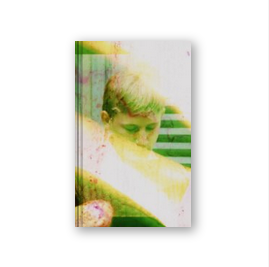
by Mark Street
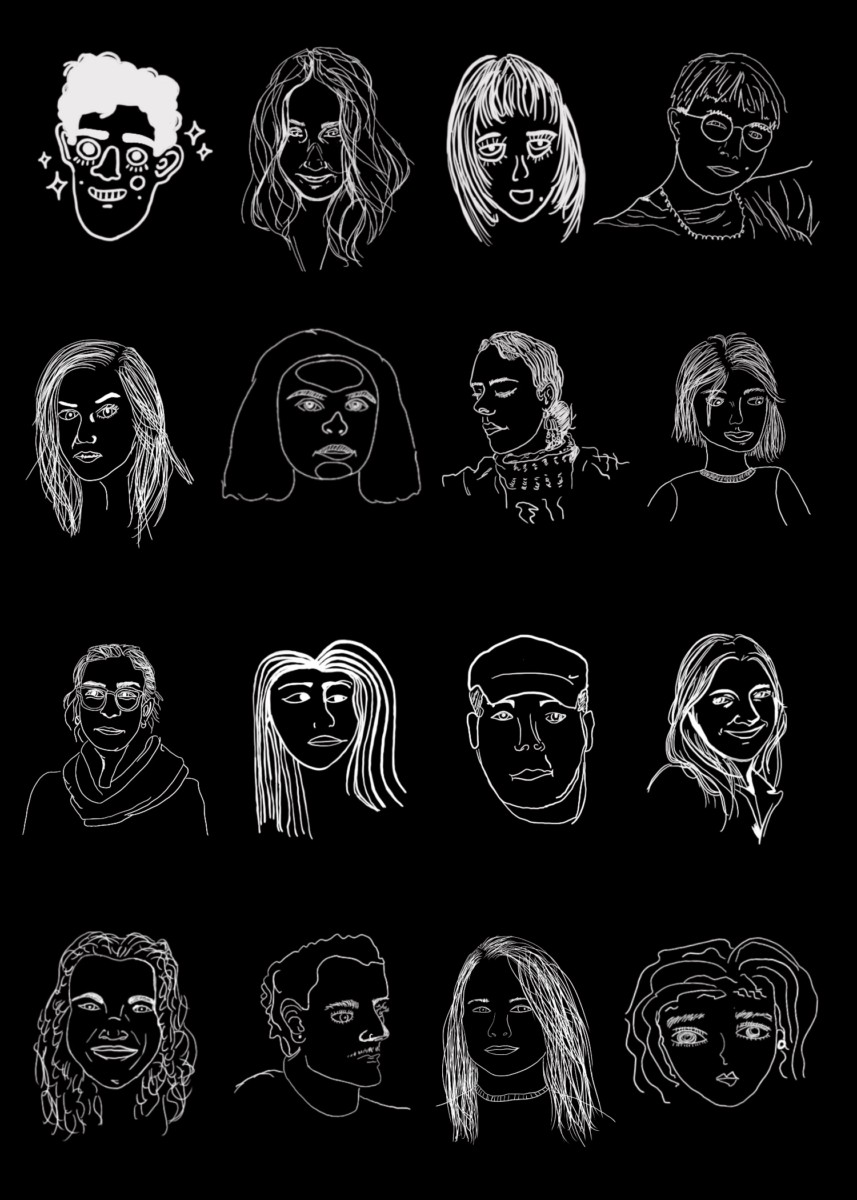
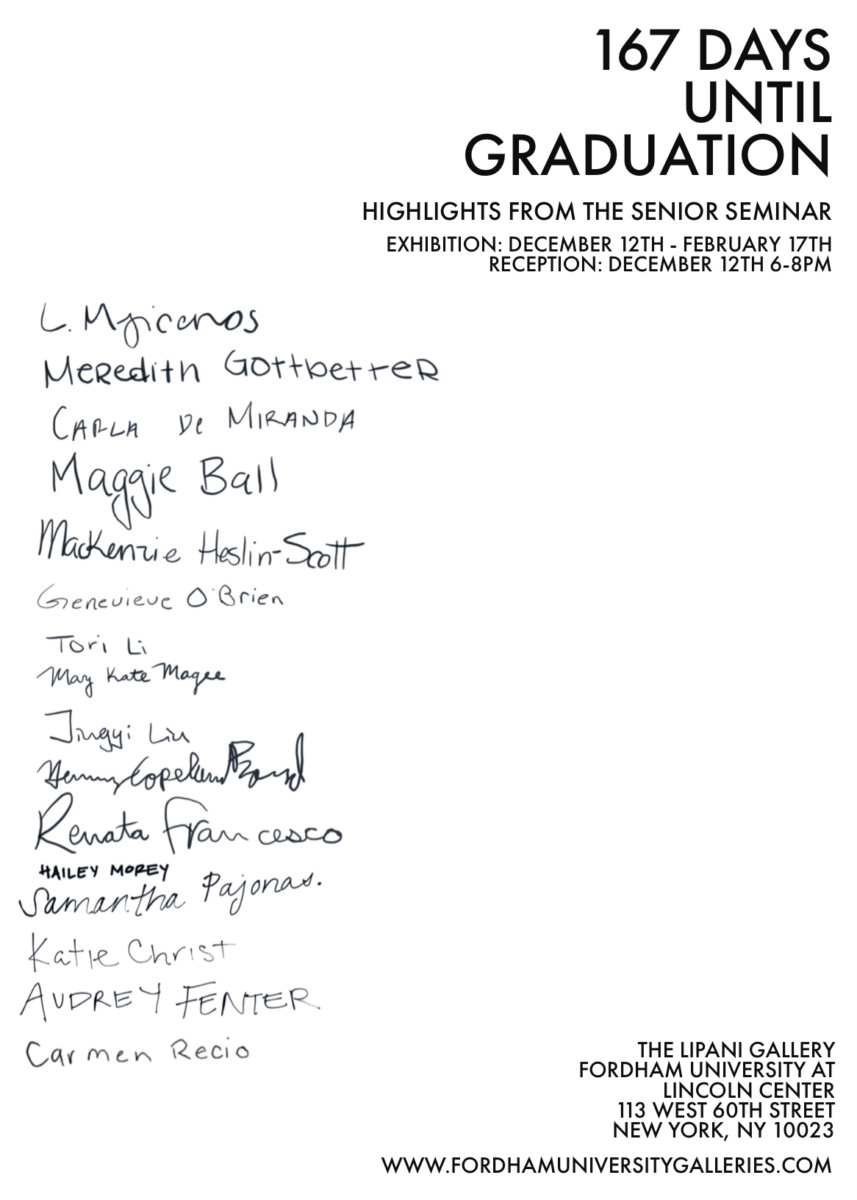
Urban Landscapes at the The Lipani Gallery
November 1 – December 10, 2018
Reception: December 10, 5-7
Students in the Urban Film Video Production class present work that deals with the city as a confounding, inspiring and complicated place. Soundwalks open up urban space in acoustic ways, short films about specific locales and found footage reveries offer a visual counterpoint. A class trip to Chinatown is traced in a group project and in individual responses to the gathered footage. Work by Josh Castillon, Samantha D’Onofrio, Gus Fonte, Arber Hajdarmataj, Mary-Kate Magee, Caroline Martin, Sallie Murray, Dan Nasta, Gillian Nelson, Samantha Norman, Eliza Putnam, and Jessica Ruffini
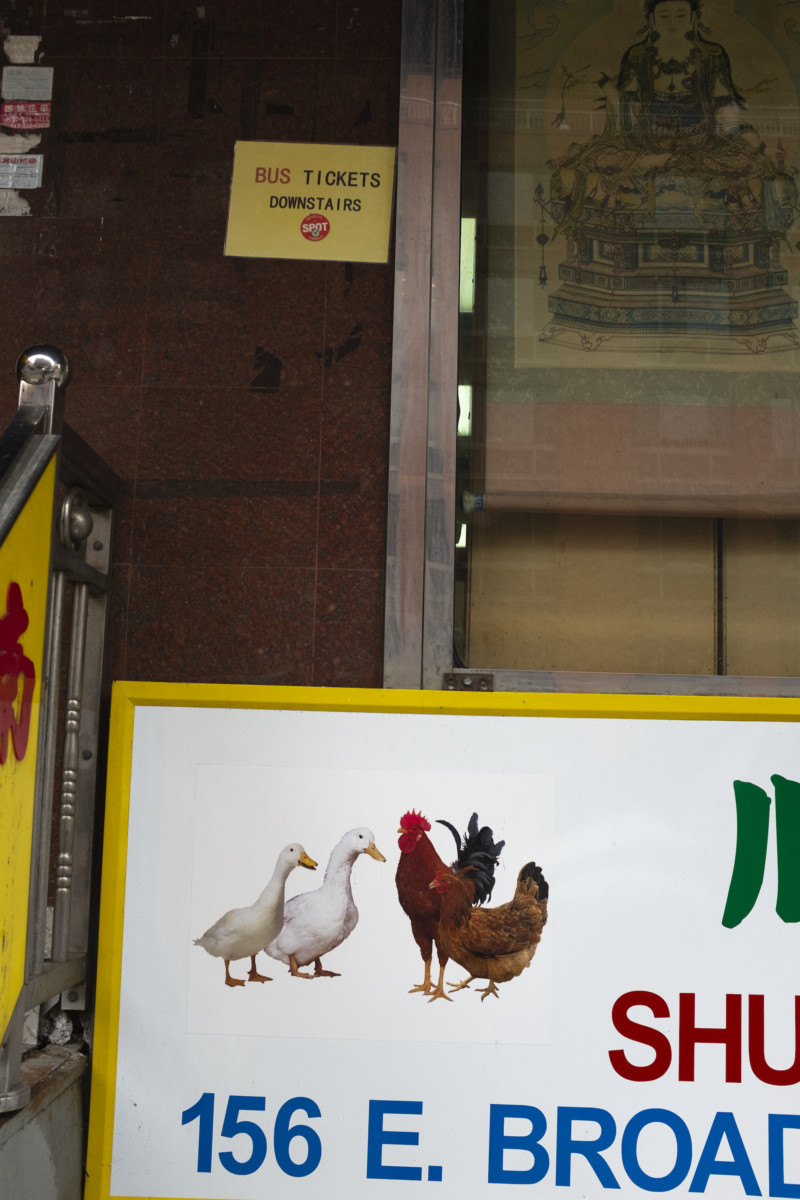
 Faculty Spotlight 2018
Faculty Spotlight 2018Featuring work by: Stephan Apicella-Hitchcock, Anibal Pella-Woo, Mark Street
June 4–September 14, 2018, Reception: September 13, 2018, 6–8pm
The Ildiko Butler Gallery
Fordham University at Lincoln Center MAP
113 West 60th Street at Columbus Avenue
New York, NY 10023
The galleries are open from 9am to 9pm everyday except on university holidays
fordhamuniversitygalleries.com
The Department of Visual Arts at Fordham University is pleased to present the 2018 installment of the annual Faculty Spotlight Exhibition. Each year three members from the Department of Theater and Visual Art are asked to share a sampling of their production with the Fordham community. This year the Photography concentration is represented by both Stephan Apicella-Hitchcock and Anibal Pella-Woo with Mark Street representing the Film/Video concentration. Despite the differences in their mediums and approaches, their works generate a lively dialogue in regards to narrative strategies, presentation of history, and representational methods.
Stephan Apicella-Hitchcock

The twenty images presented are selected from a body of work made in the south of Japan over the past nine years. I first started walking throughout the small island of Hikoshima during visits to see my wife’s family. After my son was born I continued my walks; however, with him strapped to my chest, my camera in one hand and a baby bottle in the other. Now my son and I walk the island together and he often points out things to me that he thinks would make interesting images.
Anibal Pella-Woo

Pictures of: Verticals and Horizontals
“History always constitutes the relation between a present and its past.”
–John Berger, “Ways Of Seeing.”
“An individual is no match for history.”
–Robert Bolaño, “By Night in Chile.”
These images were sourced from over 38,000 images that were rescued or recovered from used, low capacity compact flash memory cards. The cards were purchased online in 2017 and 2018.
Mark Street

Five films looped; some inspired by micro narratives recorded in urban milieus, another an investigation of a few scenes culled from a 35mm print of a Dutch/French thriller, another made by painting the actual emulsion of film. The frame slips and slides in these works; the rectangle is refracted and reconstituted.
Lost Notes from Home, 2017, 33m TRT
Zoom, 2018, 6m TRT
Seance, 3m TRT
The Gloaming, 2017, 15m TRT
Lima Limpia, 2014, 12m TRT